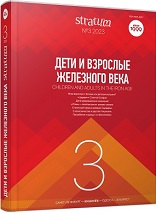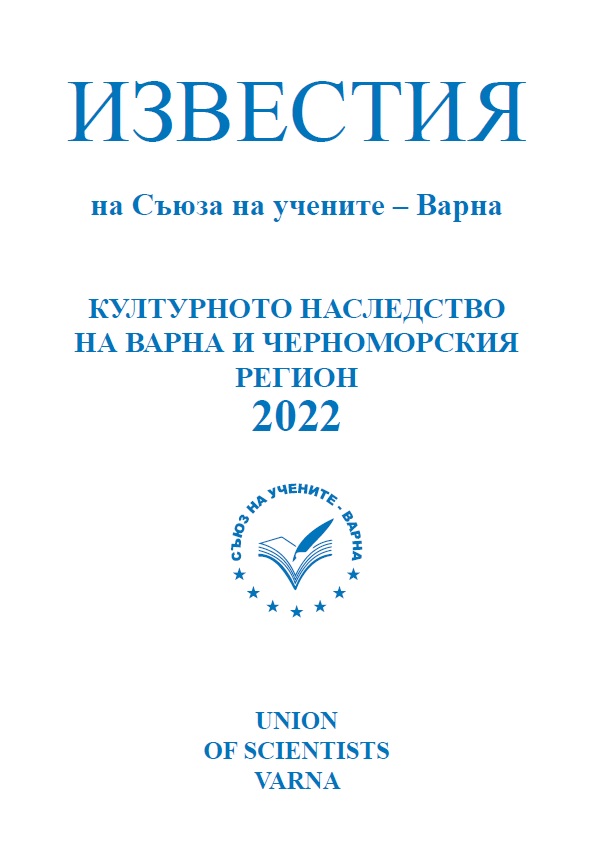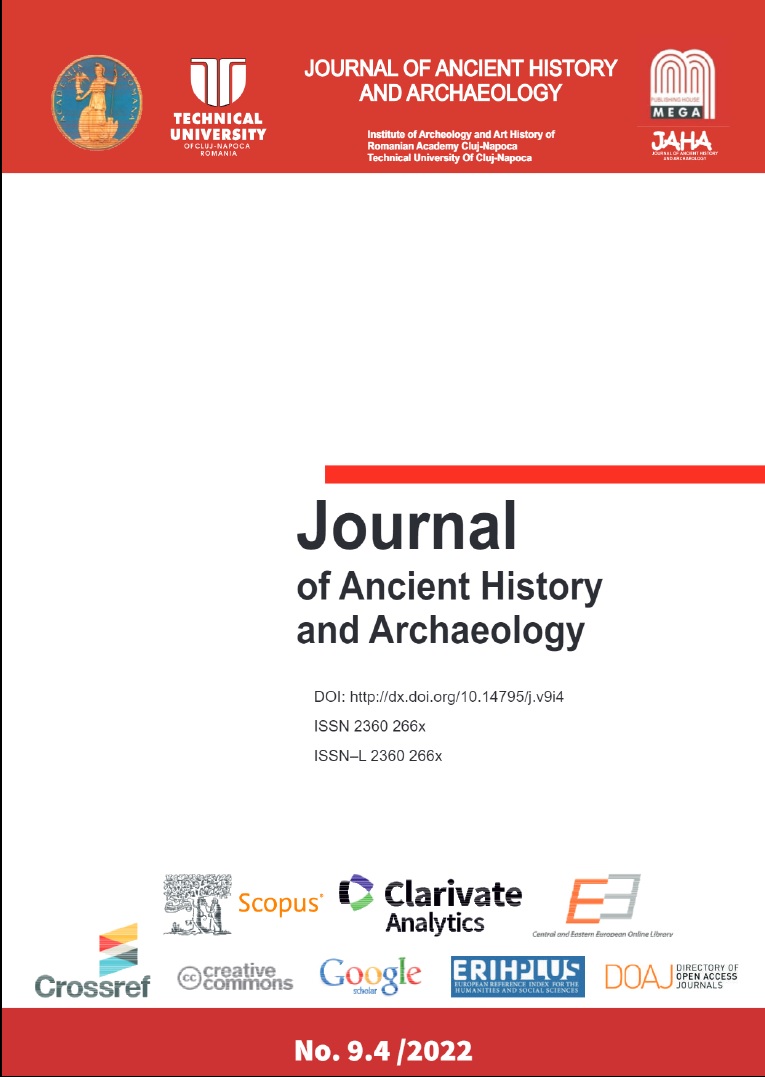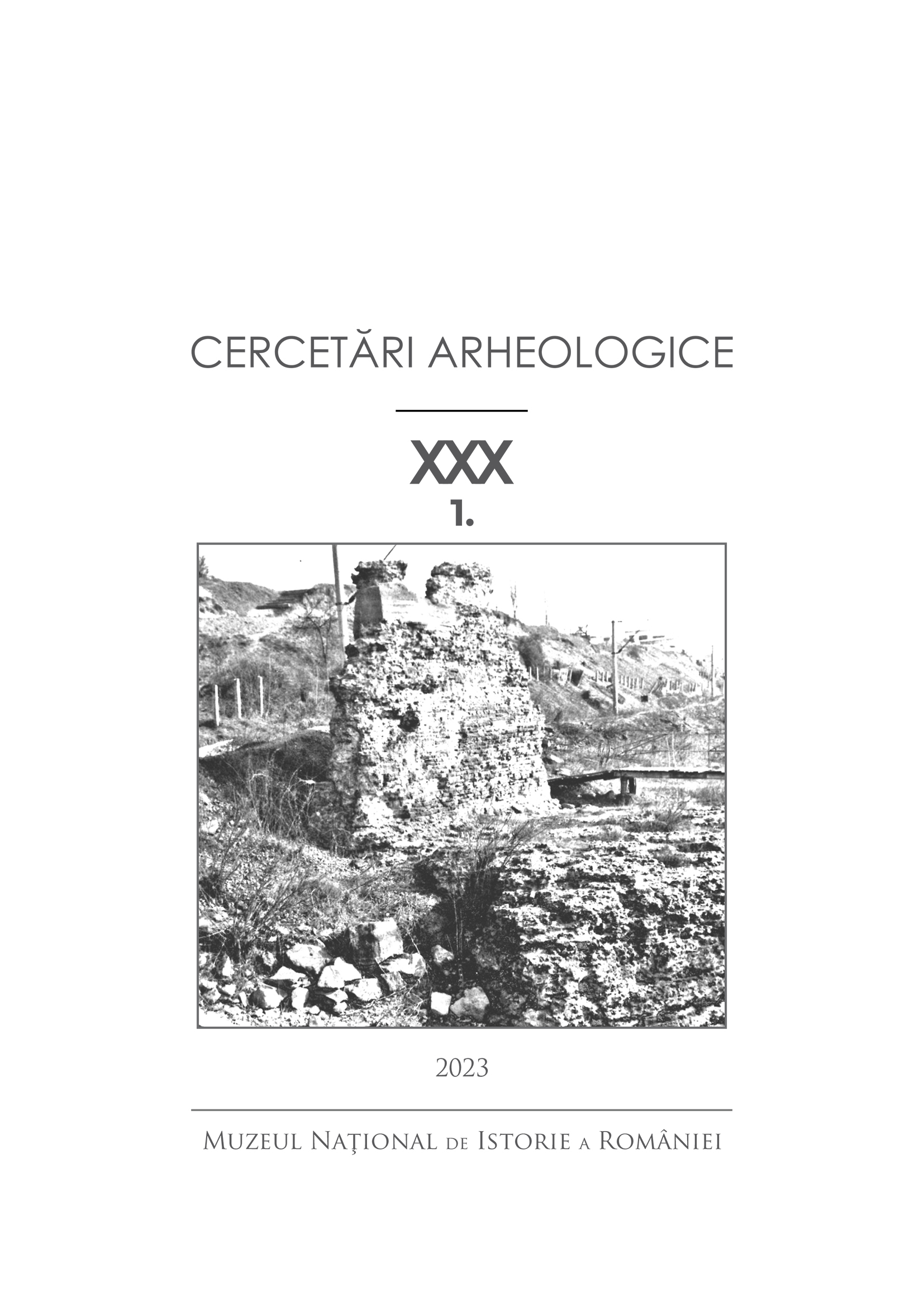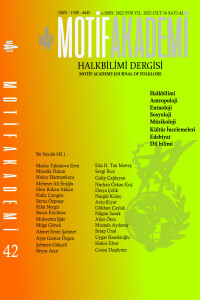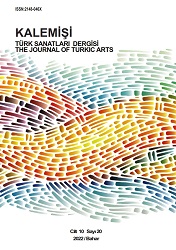
GÜZELYURT ÇÖMLEKÇİ KİLİNİN FARKLI SIR BÜNYELERİNDE VE FARKLI FIRIN ATMOSFERLERİNDE DEĞERLENDİRİLMESİ
Güzelyurt, whose former name is Gelveri, is a historical and touristic district of Aksaray province, located in Cappadocia Region. Dating back to the Chalcolithic period, ceramic findings unearthed during archaeological excavations carried out in the district emphasize the importance of the region in terms of history of ceramics. Gelveri ceramics are examined within two separate periods when considered through historical process. The first period includes the ceramics belonging to the Chalcolithic period and pre-exchange period in 1924 and the second one includes today’s ceramics. Glaze is a vitreous composition covering the ceramic surface. Ceramics artists make researches on different textures and colour compositions. Experimental researches such as alternative kiln techniques, artistic glazes or glazes composed by including different materials n glaze structures, and different effects created on artistic ceramic surfaces enable ceramics artists to produce unique works. In this study, the study titled “Examination of the Effects of Guzelyurt Argil on Ceramic Raw Glaze Structures as Colourant” has been developed and effect of argil on different glaze structures and different kiln atmospheres has been examined. As different glaze structures; related effects within two different glaze structures at high-degree, prepared in lead, lead alkali and alkali boron raw glaze structures at 1200 0C in electrical oxidation kiln atmosphere as well as in anagama wood-burning reduction kiln atmosphere have been examined. Objective of the study includes examination of Guzelyurt argil in different glazes and different atmospheres and use and evaluation of results in artistic ceramic practices.
More...
